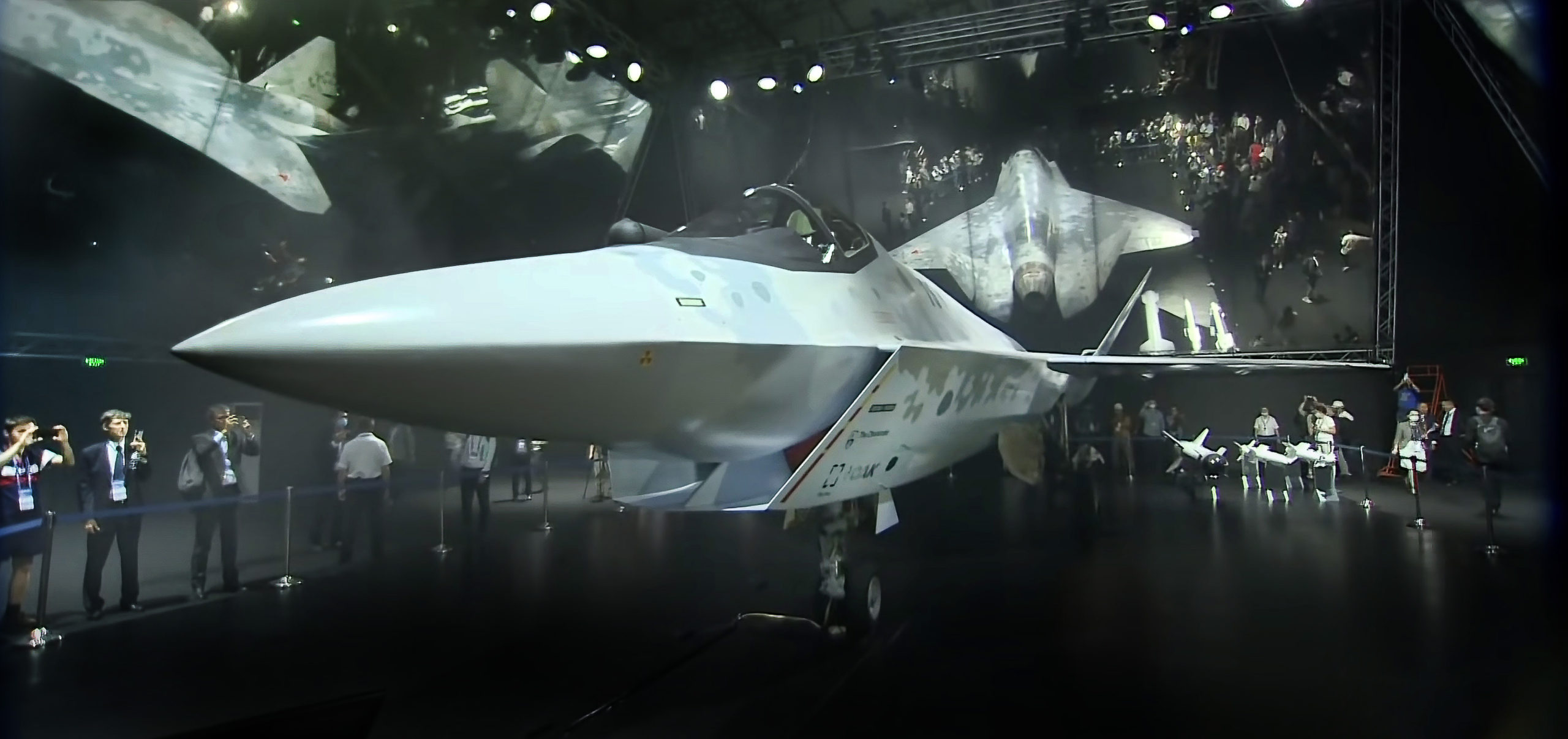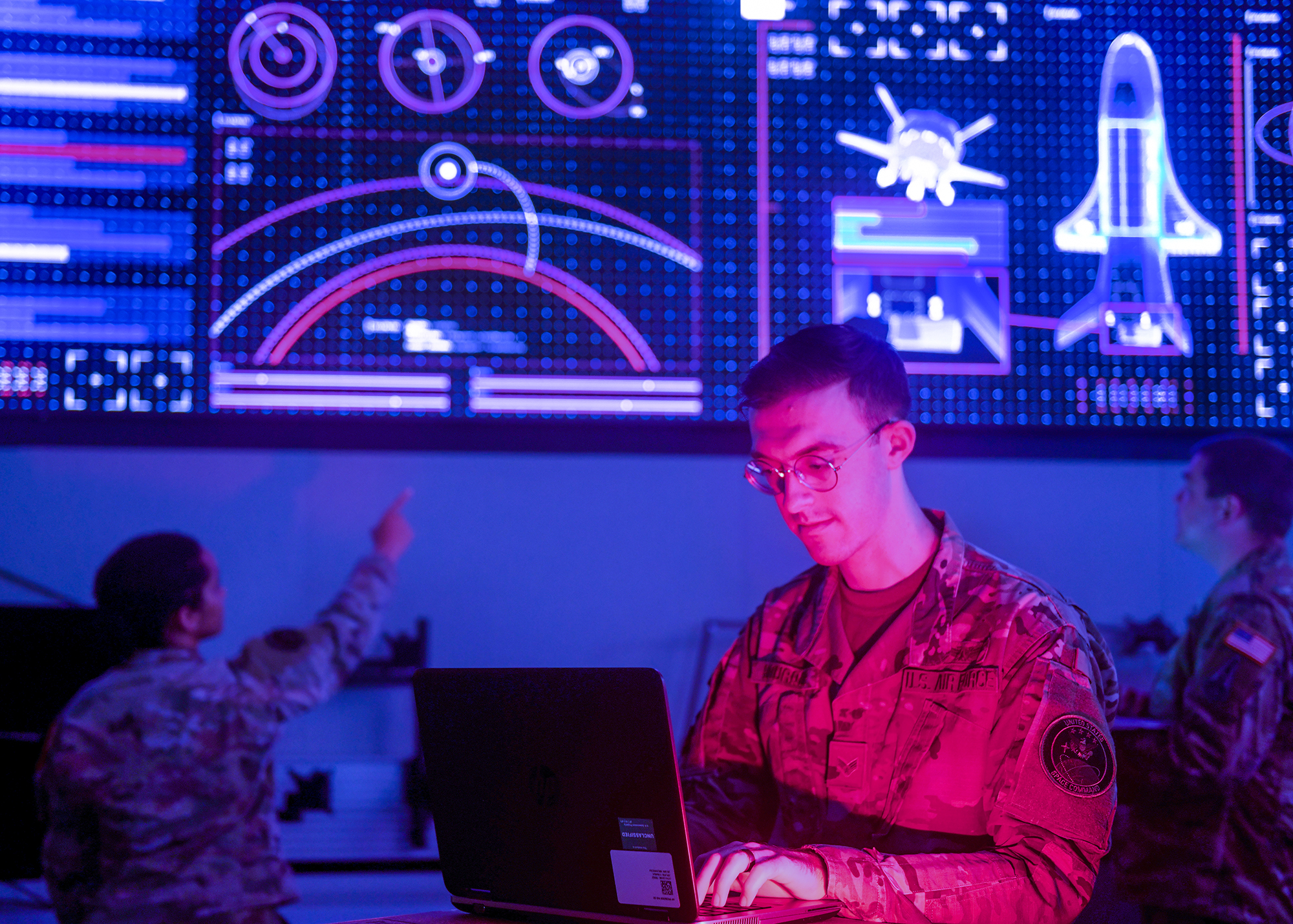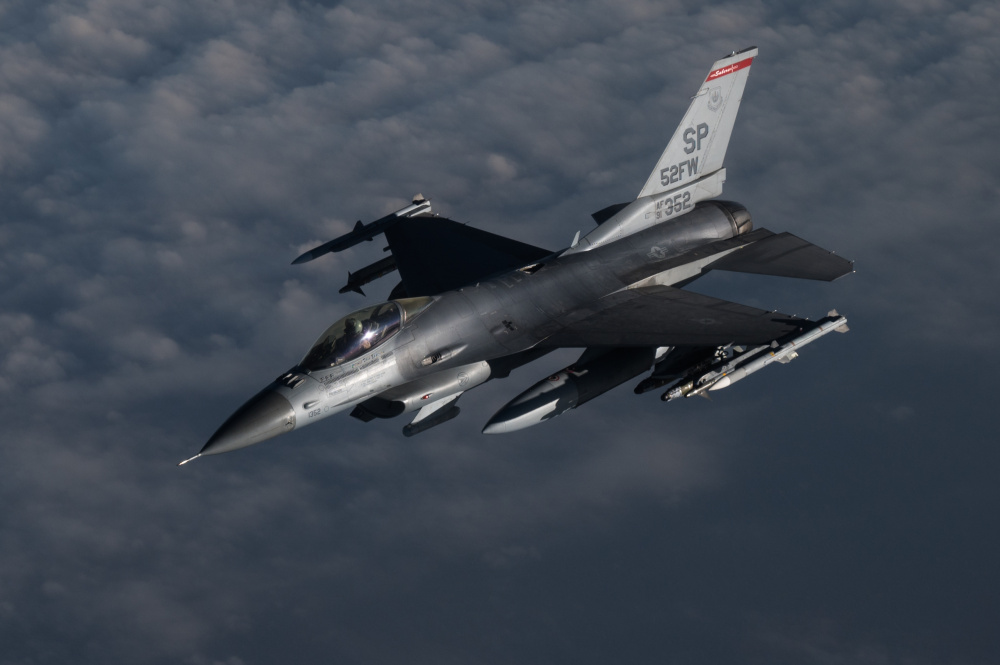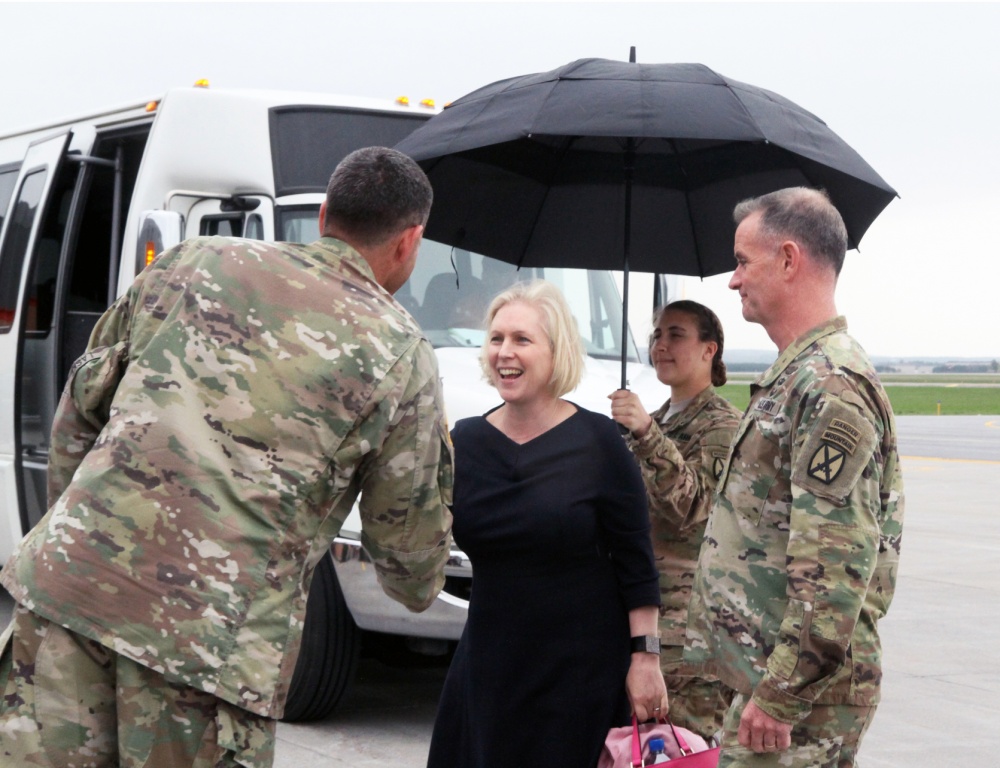The Taliban controls approximately half of all district centers in Afghanistan, but the Afghan military is consolidating its forces to protect population centers, and the “endgame” is not yet written, the U.S. military’s top general said July 21.
Chairman of the Joint Chiefs of Staff Gen. Mark A. Milley, during a briefing at the Pentagon, said the Taliban takeover is not a “foregone conclusion,” noting Afghan forces are still well trained and equipped.
The Taliban controls about 213 district centers, roughly half of the total 419, and is fighting to cut off population centers, such as provincial capitals and Kabul. Yet while the Taliban has encroached on them, the group has not captured any of the 34 provincial capitals.
“The strategic momentum appears to be with the Taliban,” Milley acknowledged. But, Afghan forces are consolidating and “taking the approach to protect the population.”
The country is seeing a reduction in violence because of the Eid al-Adha holiday, and it is not known yet how the Taliban’s momentum will continue after the holiday.
“It remains to be seen over the rest of the summer, … but after Eid, we’re gonna find out,” Milley said. “We’re going to find out the levels of violence, whether it’s going to go up or stay the same. There’s a possibility of a negotiated outcome that’s still out there. There’s a possibility of a complete Taliban takeover, or a possibility of … all kinds of other scenarios throughout there that we’re monitoring very closely. I don’t think the endgame is yet written.”
Defense Secretary Lloyd J. Austin III, appearing alongside Milley, said the evacuation of interpreters and their families has become an “urgent task.” The White House announced this week that the first group will be flown to Fort Lee, Va., and Austin said the Pentagon is still working on “several” overseas locations to host others who are not as far along in the visa process.
The military is still on track to complete the full withdrawal by the end of August, with more than 95 percent of it already complete. After August, the mission shifts to counterterrorism via over-the-horizon intelligence, surveillance, and reconnaissance, strike, and other CT capabilities. The Pentagon is still working on the possible basing of these capabilities closer to Afghanistan, though nothing has been finalized or announced.
The Pentagon’s mission will be to make sure that violence and terrorism cannot “be exported from Afghanistan to our homeland,” Austin said.
“We’ll maintain the capability not only to observe that but also address that if it does emerge,” he added.










